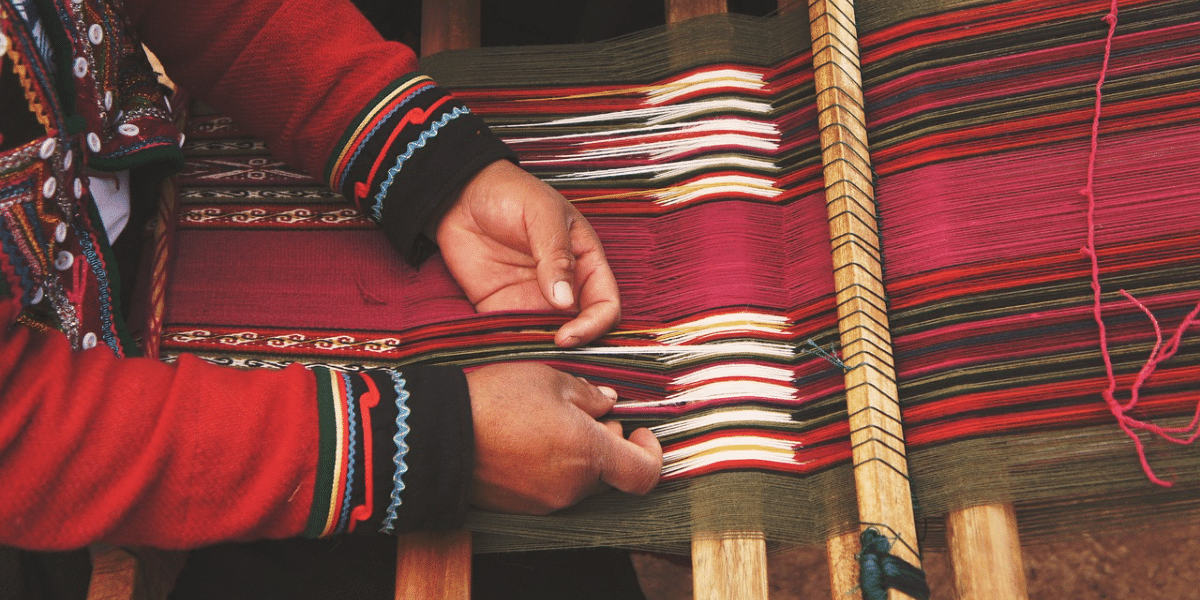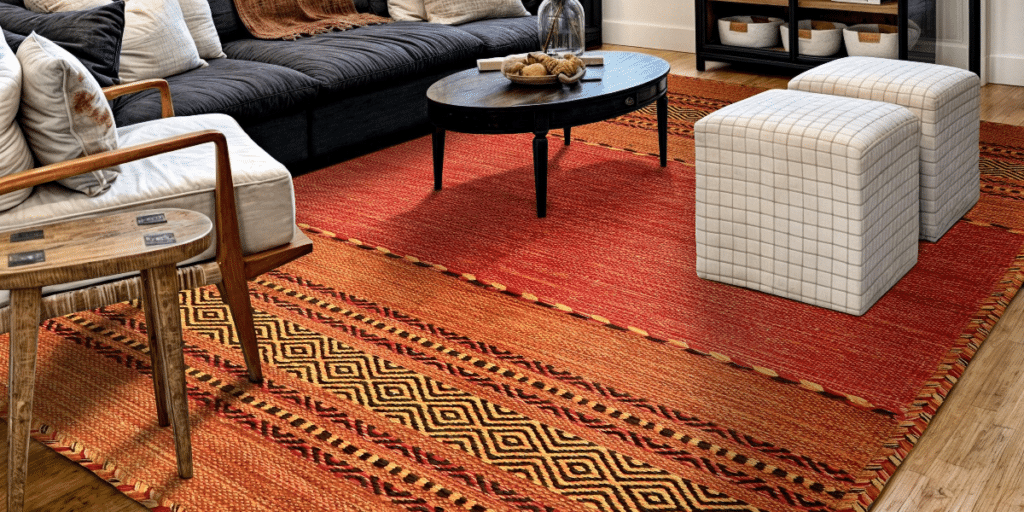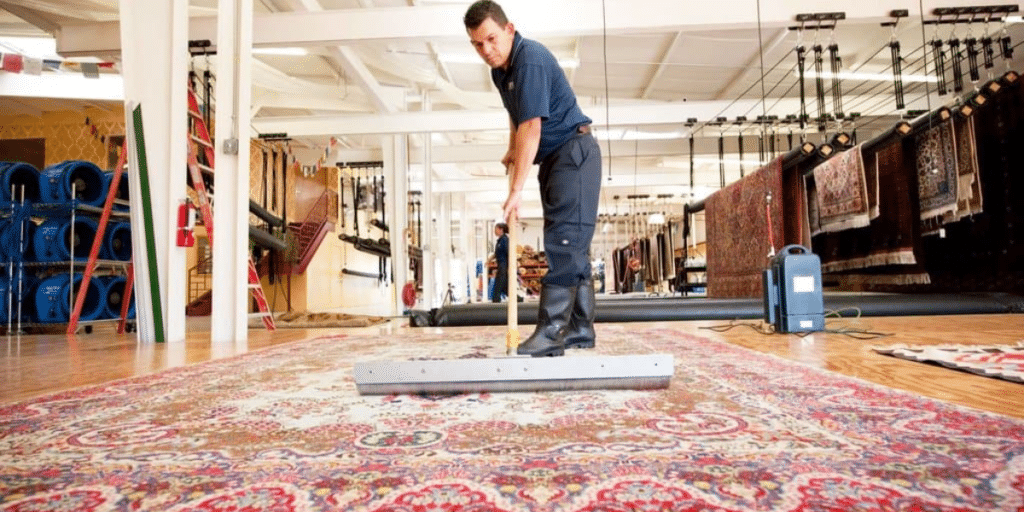Have you ever wondered how kilim rugs, with their intricate patterns and rich colors, are crafted? These stunning pieces are more than just rugs—they’re handwoven works of art steeped in history and tradition. But what exactly goes into making them? From the unique flatweave technique to the choice of durable, natural fabrics, every step is a testament to the skill and dedication of artisans.
In short, kilim rugs are made using a meticulous handweaving process that can take weeks or even months to complete. This article dives into the techniques, materials, and time involved in creating these timeless treasures.
What Is The Technique Of A Kilim?
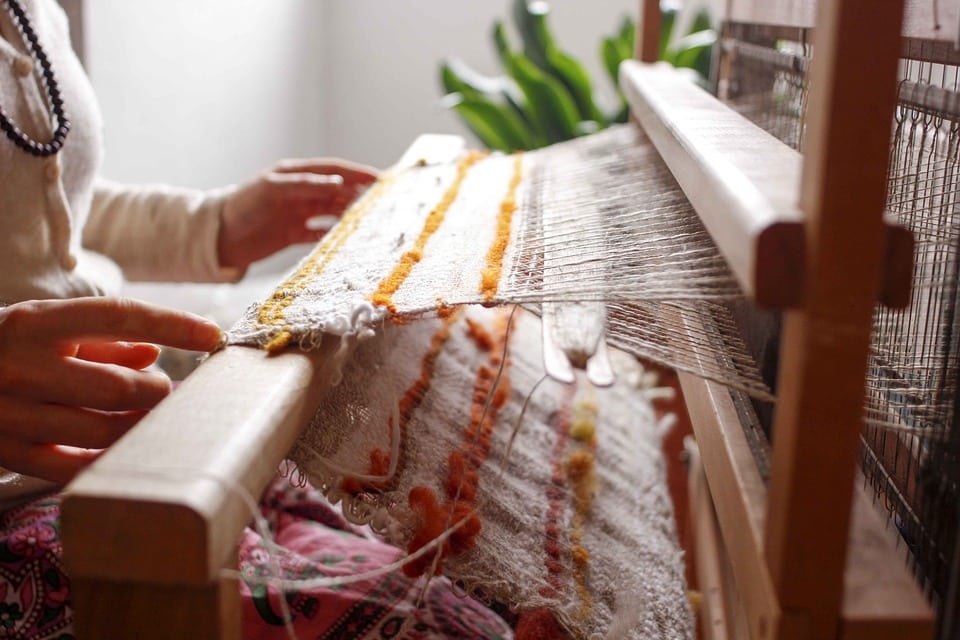
The defining characteristic of a kilim rug lies in its weaving technique, which sets it apart from other types of rugs. Unlike pile rugs, kilims are created using a flatweave process. This method involves interweaving the warp (vertical threads) and weft (horizontal threads) tightly together, creating a reversible, lightweight, and durable rug. One artisan once said, “You don’t just weave a kilim with your hands — you weave it with your memory and heart.”
The most notable aspect of this technique is the use of the slit-tapestry method. Here’s how it works:
- Slit-Tapestry Weaving: The most common method for weaving a kilim is the slit-weave technique. When the weaver needs to change colors to create a pattern, they stop the weft thread and start a new color. This leaves a small gap, or “slit,” between the sections of color. These slits create those crisp, defined lines that kilims are famous for, especially in their bold, geometric designs.
- Dovetailing: Instead of leaving a slit, the weaver wraps two different-colored weft threads around the same warp thread, creating a neat, overlapping join. This technique helps keep the rug stronger and reduces gaps.
- Interlocking Weft: In this method, two weft threads of different colors are twisted or interlocked where they meet. It strengthens the weave and avoids gaps, but the lines between colors are a bit more blended compared to the sharp lines of a slit-weave.
- Weft-Wrapping: Sometimes, the weft thread is wrapped around the warp threads multiple times, creating a raised, textured effect. This technique is often used to add decorative elements or highlights to specific parts of the rug.
The Weaving Process
Weaving a kilim starts with a loom, which is set up with tightly stretched warp threads running vertically. These warp threads form the backbone of the rug. Then, the weaver works with weft threads — colorful strands that are woven horizontally over and under the warp threads.
Now, here’s where the artistry happens. Instead of tying knots (like you would in a pile rug), the weaver interlaces the weft threads in a way that covers the warp completely. The threads are packed down tightly using a wooden comb or a beater to create a dense, flat surface. This technique makes the rug smooth on both sides and reversible — perfect for everyday use.
What Fabric is Kilim?
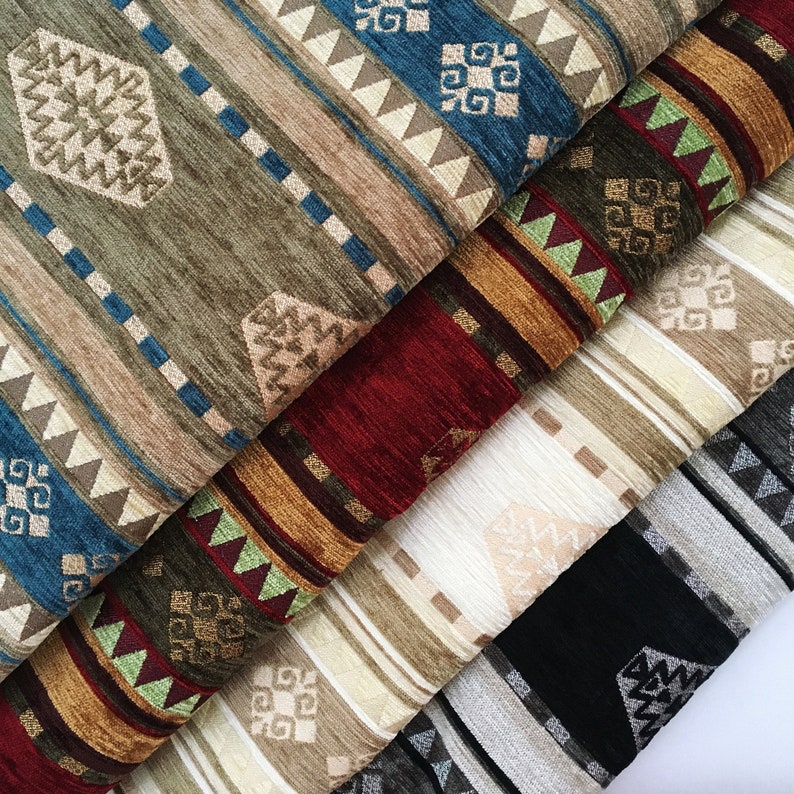
The quality and durability of a kilim rug are deeply connected to the materials used. Kilims are traditionally made from natural fibers, most commonly wool. However, depending on the region and purpose of the rug, other materials can also be used.
- Wool: The primary material for kilim rugs is sheep’s wool. Wool is prized for its durability, elasticity, and natural resistance to dirt and stains. It also takes dyes beautifully, allowing weavers to achieve vibrant colors. This material is widely available in regions where kilim weaving originated, such as Turkey, Iran, and Central Asia, making it a traditional and accessible choice for artisans.
- Cotton: Cotton is commonly used as the warp thread, which forms the base or skeleton of the rug. Its strength and stability provide a solid foundation that helps the rug maintain its shape over time. While it’s not as soft as wool, cotton is lightweight and breathable, making it a complementary material in the weaving process. In some cases, cotton is also used in the weft threads to create lighter, more affordable kilims.
- Silk: For more intricate and luxurious kilims, silk can be used.It’s prized for its fine, smooth texture and natural sheen, which adds elegance and sophistication to the design. Silk allows for extremely detailed patterns due to its thin and flexible fibers. While not as durable as wool or cotton, silk is used sparingly to highlight specific areas of a design or to create a more delicate, decorative kilim.These rugs are often used for display purposes or in low-traffic areas to preserve their beauty.
The yarns used in kilim rugs are often hand-spun, and natural dyes derived from plants, insects, and minerals are used to achieve rich, lasting colors. These natural dyes give kilim rugs their distinctive, earthy tones and ensure that each rug is slightly unique.
How Long Does It Take To Make a Kilim?
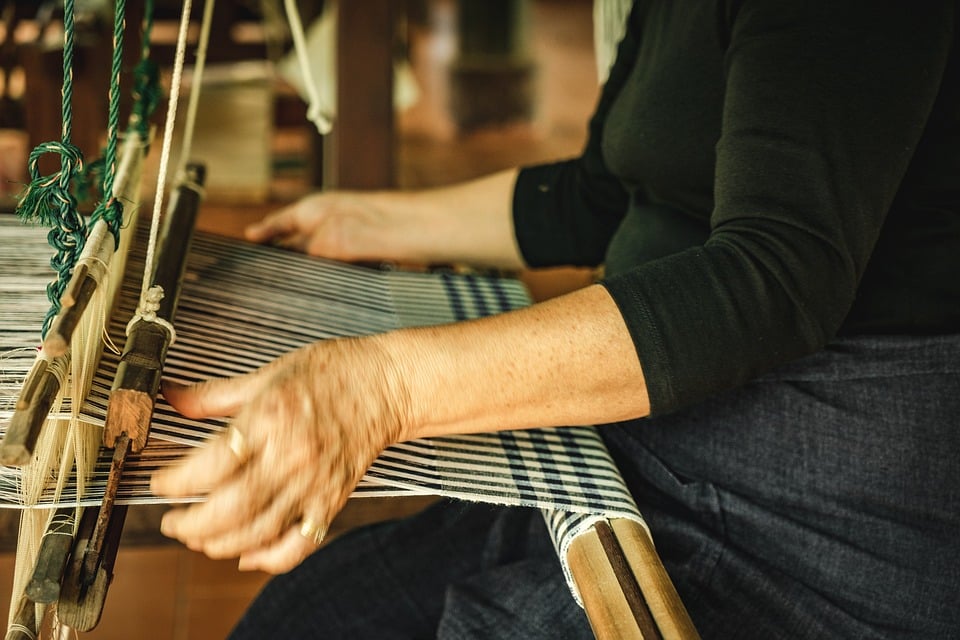
Creating a kilim rug is a labor of love, requiring immense skill, patience, and time. To put it into perspective, an experienced weaver working on a standard 9-foot by 6-foot kilim may need up to 16 weeks to complete the job. The duration depends on several factors, including the size of the rug, the complexity of the pattern, and the weaver’s skill.
1. Size Matters
The size of the kilim significantly impacts how long it will take to complete. A small kilim designed for a cozy corner in your home might be ready in a few weeks, while a larger one intended for a living room or as a statement piece can take several months. The bigger the rug, the more time-consuming it is to weave every intricate detail.
- Small kilims (e.g., 2×3 feet): About 4 to 6 weeks.
- Medium kilims (e.g., 5×7 feet): 3 to 6 months.
- Large kilims (e.g., 8×10 feet or more): Up to a year or longer.
2. Complexity of the Design
The design plays a crucial role in determining the weaving time. Simple patterns with fewer colors and less intricate motifs can be completed faster. In contrast, a highly detailed kilim with elaborate geometric or symbolic patterns might take double the time. Each color change requires the weaver to carefully interlock threads and ensure perfect alignment, adding to the hours spent at the loom.
The Weaver’s Experience
An experienced artisan can work with remarkable speed and precision, turning out a high-quality kilim in less time without compromising on craftsmanship. However, even a master weaver cannot rush the process. Each pass of the weft through the warp requires attention to detail, ensuring the pattern emerges seamlessly.
Wrap Up

Kilim rugs collection
Explore a diverse collection of rugs crafted for style and durability. From kilims to modern designs, find your perfect rug at Kilim Provenance.
At Kilim Provenance, we celebrate this timeless craftsmanship by offering an exquisite collection of authentic kilim rugs. Whether you’re drawn to their vibrant patterns, cultural significance, or enduring quality, our curated selection ensures you’ll find the perfect piece to complement your space. Explore our collection today and bring the artistry of kilim into your home!
